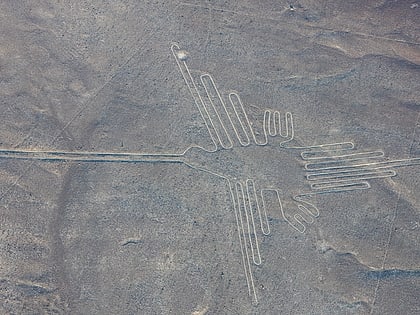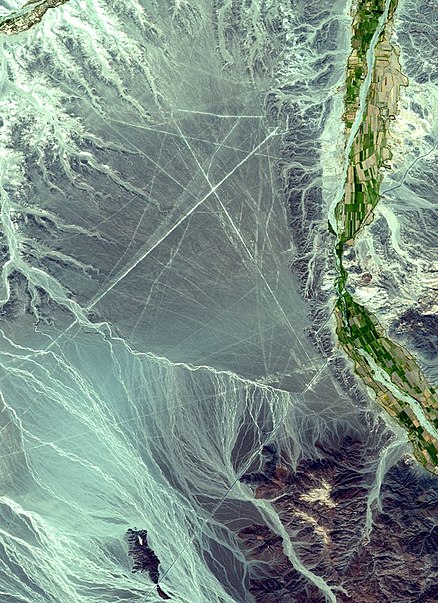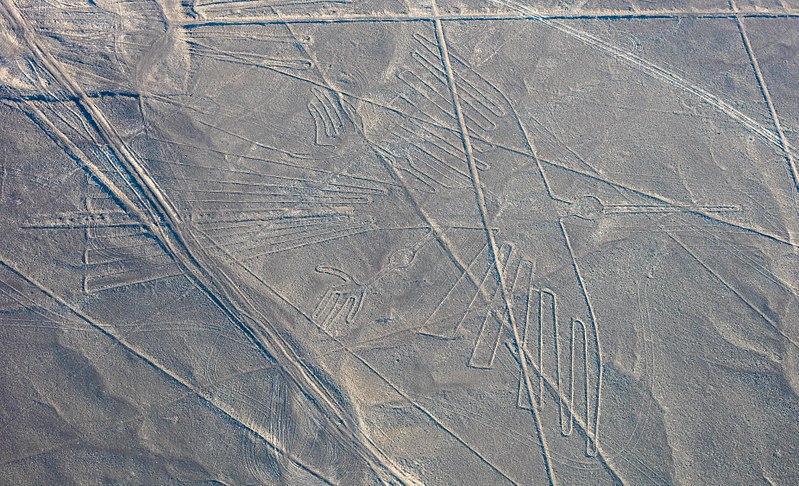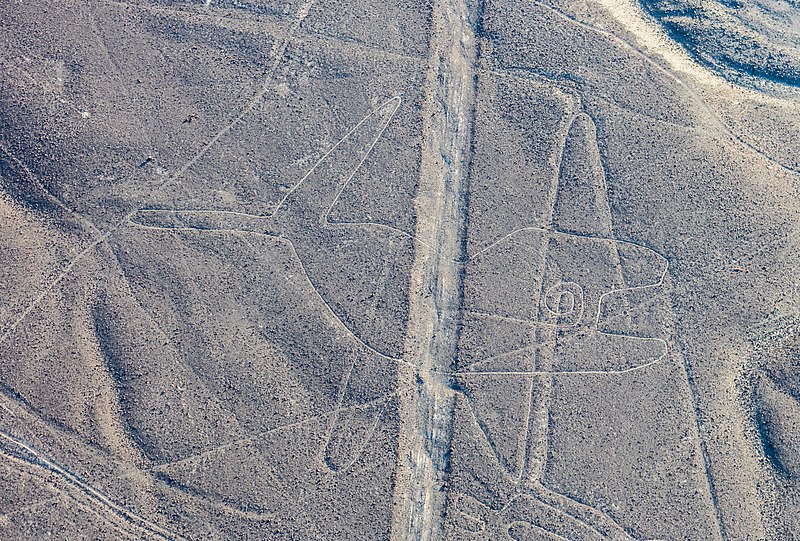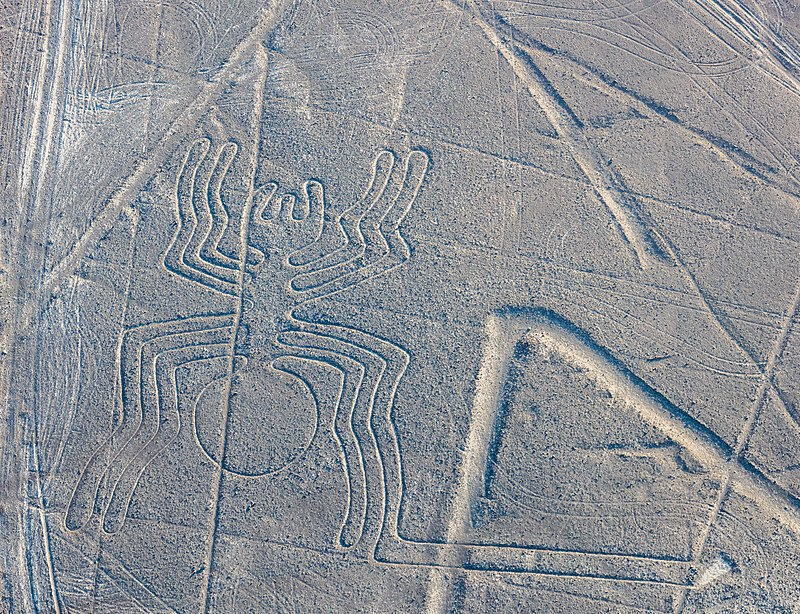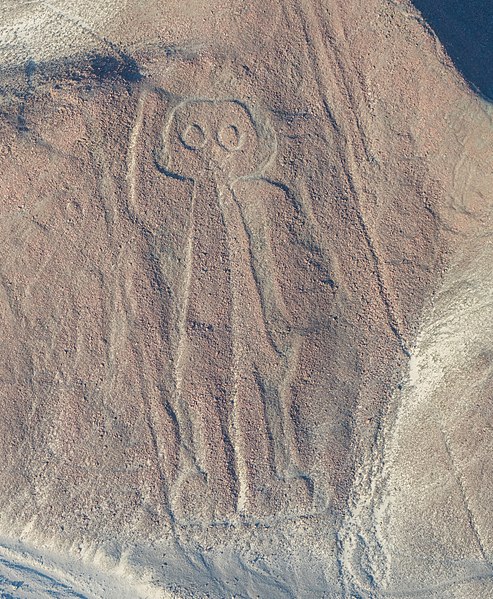Nazca Lines
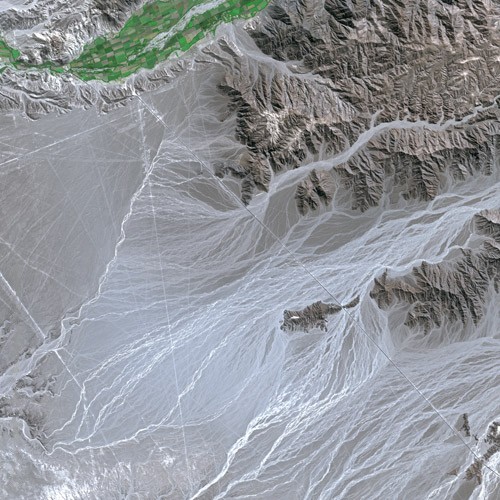
Facts and practical information
The Nazca Lines in Peru are one of the most enigmatic and impressive archaeological sites in the world. These vast geoglyphs, etched into the desert sands, cover an area of nearly 1,000 square kilometers. Believed to have been created by the Nazca culture between 500 BCE and 500 CE, the lines are comprised of hundreds of figures ranging from simple lines and geometric shapes to intricate designs of animals, plants, and mythical beings.
Visible from the surrounding foothills and best appreciated from the air, the Nazca Lines have puzzled scientists, archaeologists, and historians for decades. Their purpose remains a subject of debate, with theories suggesting they served as astronomical calendars, religious symbols, or were part of ritualistic practices. The dry, windless climate of the Nazca Desert has preserved these ground drawings for over a millennium, providing a unique window into the ancient civilization that created them.
The site was designated as a UNESCO World Heritage site in 1994, recognizing its importance and the need for its preservation. The Nazca Lines continue to attract tourists from around the globe, who are drawn to the mystery and grandeur of these ancient designs. Despite their popularity, the lines are vulnerable to threats such as climate change and human activities, prompting ongoing efforts to protect and study this extraordinary archaeological treasure.
Ica
